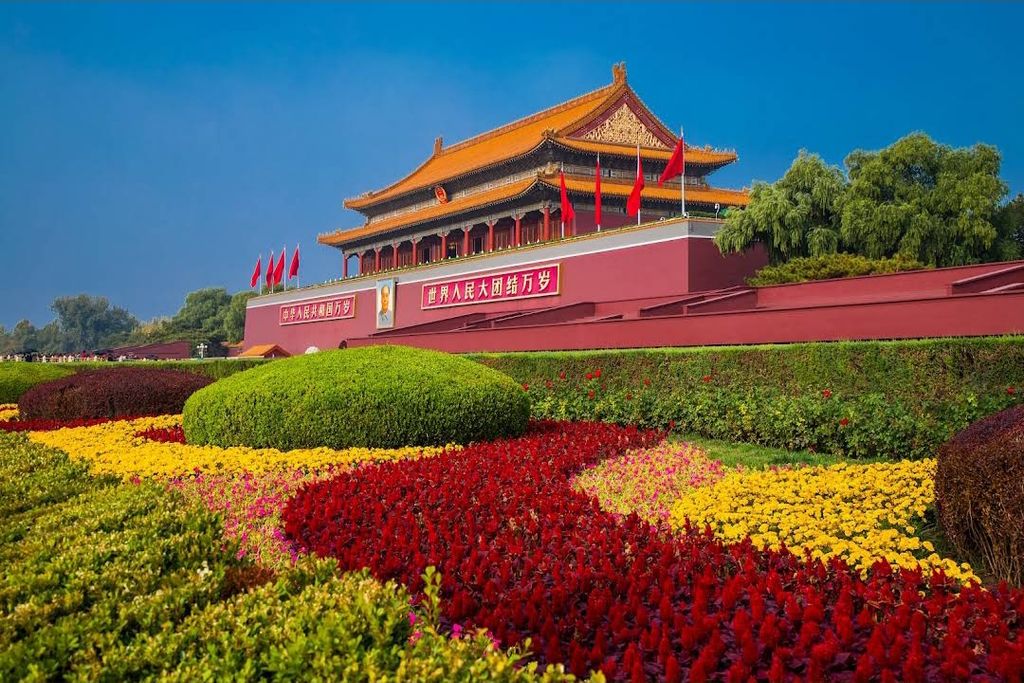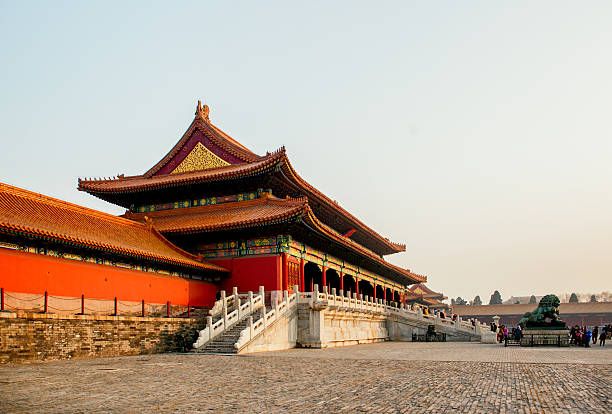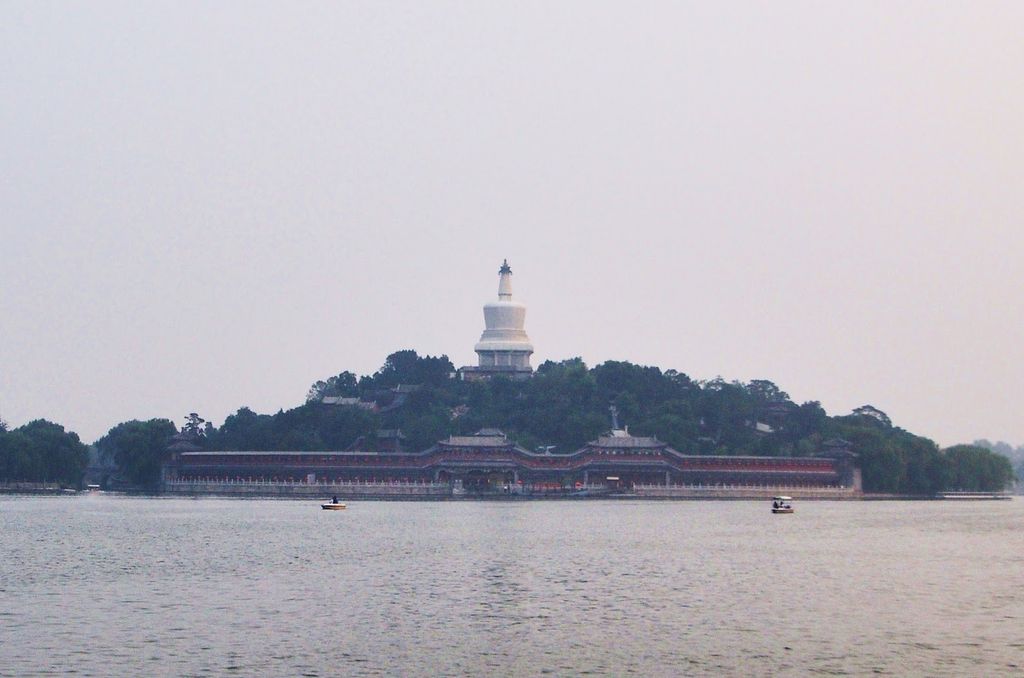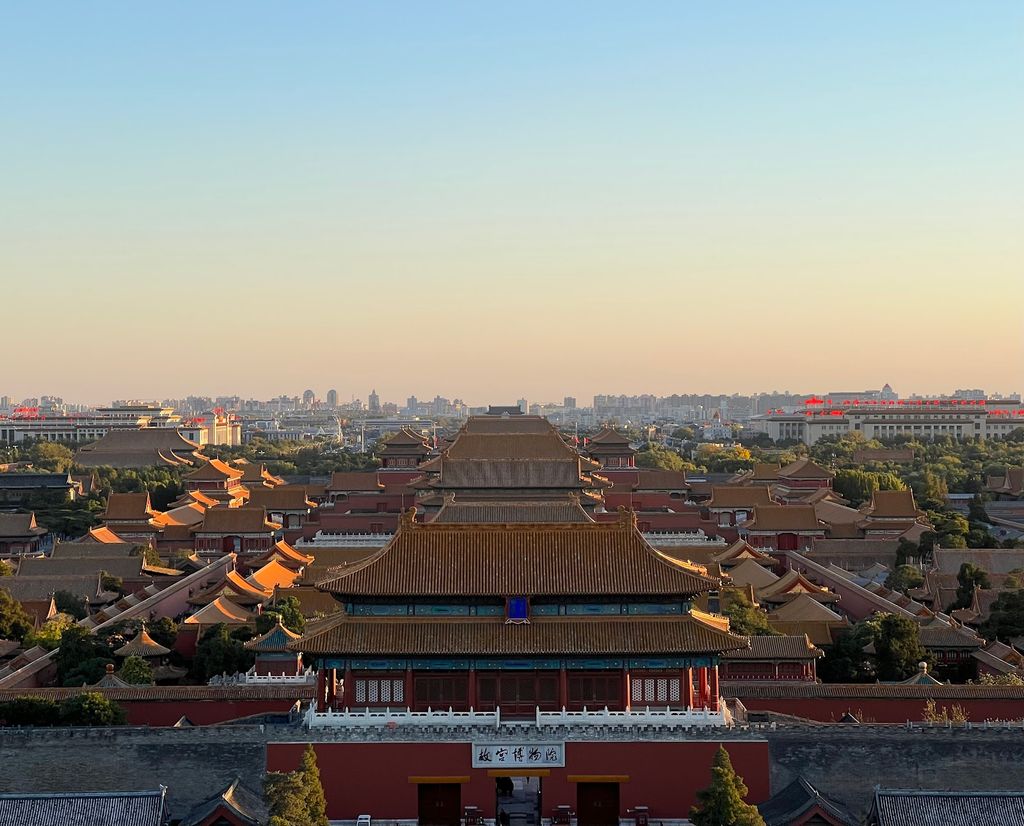Beijing's Historical Heartbeat Tour
Embark on a captivating journey through Beijing's rich history and culture on this free walking tour, exploring iconic landmarks and hidden gems.
Time
3 Hours
Stops
4 Places
Distance
5.0 km
Tiananmen Square
Begin your journey at Tiananmen Square, the heart of Beijing and one of the largest public squares in the world, symbolizing the political and historical significance of China.

Tiananmen Square (Source: Google Maps)
Tiananmen Square, located in the center of Beijing, is one of the largest public squares in the world. It has immense historical and cultural significance, being the site of numerous important events in Chinese history. The square was originally part of the Imperial City and was established in the 15th century during the Ming Dynasty. It is surrounded by several significant buildings, including the Tiananmen Gate, which features a large portrait of Chairman Mao Zedong. The square is not only a political hub but also a symbol of national pride. It has witnessed pivotal moments, such as the May Fourth Movement in 1919 and the protests of 1989. Today, it remains a popular gathering place for both locals and tourists, often hosting ceremonies and events that celebrate Chinese history and culture.
The Forbidden City
Just a short walk from Tiananmen Square, explore the Forbidden City, an imperial palace complex that served as the home to Chinese emperors for nearly 500 years.

The Forbidden City (Source: Google Maps)
The Forbidden City, also known as the Imperial Palace, is a UNESCO World Heritage site and was the imperial palace for 24 emperors during the Ming and Qing dynasties. Construction began in 1406 and took 14 years to complete, resulting in a vast complex of nearly 1,000 buildings and covering 180 acres. The architecture is a stunning example of traditional Chinese palatial architecture, characterized by its symmetrical layout, elaborate roofs, and vibrant colors. The Forbidden City is surrounded by a large moat and a defensive wall, symbolizing the separation of the emperor from the common people. It served not only as the residence of the emperors but also as the ceremonial and political center of Chinese government for centuries. Today, it houses the Palace Museum, showcasing a vast collection of artifacts, artworks, and historical items that reflect China's rich cultural heritage.
Beihai Park
Continue your walk to Beihai Park, an ancient imperial garden with beautiful lakes and traditional Chinese architecture.

Beihai Park (Source: Google Maps)
Beihai Park is one of the oldest and best-preserved imperial gardens in China, dating back to the 11th century during the Liao Dynasty. Covering an area of 69 hectares, the park features a large lake, beautifully landscaped gardens, and traditional Chinese architecture. The centerpiece of Beihai Park is the White Pagoda, built in the 13th century, which stands on an island in the lake and is a symbol of the park. The park has served various purposes throughout history, including as a royal retreat and a venue for imperial celebrations. Visitors can enjoy boating on the lake, exploring ancient temples, and strolling through the lush gardens, making it a peaceful escape in the bustling city. Beihai Park is not only a cultural landmark but also a place where locals gather for leisure activities, embodying the harmony of nature and history.
Jingshan Park
Head north to Jingshan Park, where you can climb the hill for a panoramic view of the Forbidden City and the surrounding Beijing landscape.

Jingshan Park (Source: Google Maps)
Jingshan Park is an imperial park located just north of the Forbidden City. It was originally part of the imperial palace grounds and was established during the Ming Dynasty in the 15th century. The park is centered around a man-made hill, which was created from the soil excavated during the construction of the Forbidden City. The hill rises 43 meters high, offering stunning panoramic views of the Forbidden City and the surrounding Beijing landscape. Visitors can climb to the top of the hill to enjoy breathtaking views, especially at sunset. The park is also home to various trees, including ancient cypress trees that are over 800 years old. In addition to its natural beauty, Jingshan Park has cultural significance as a site for poetry and art, with many artists and poets finding inspiration in its tranquil surroundings. It serves as a popular spot for locals and tourists alike to relax and appreciate the beauty of Beijing.

Your travels, your rules.
Create your own Free Walking Tours.
Set your preferences, distances and anything you want to do or see.
Completely free, no payment required.